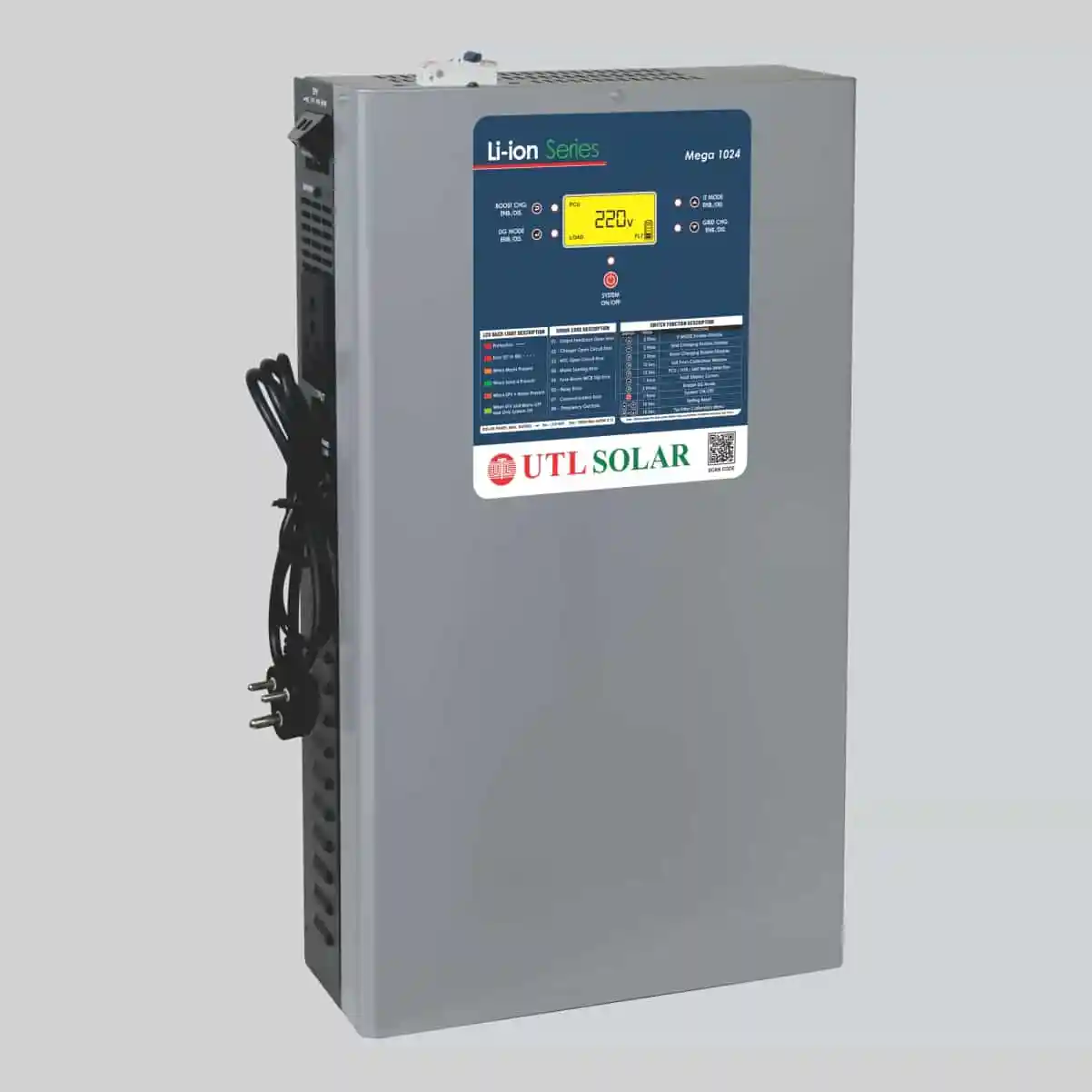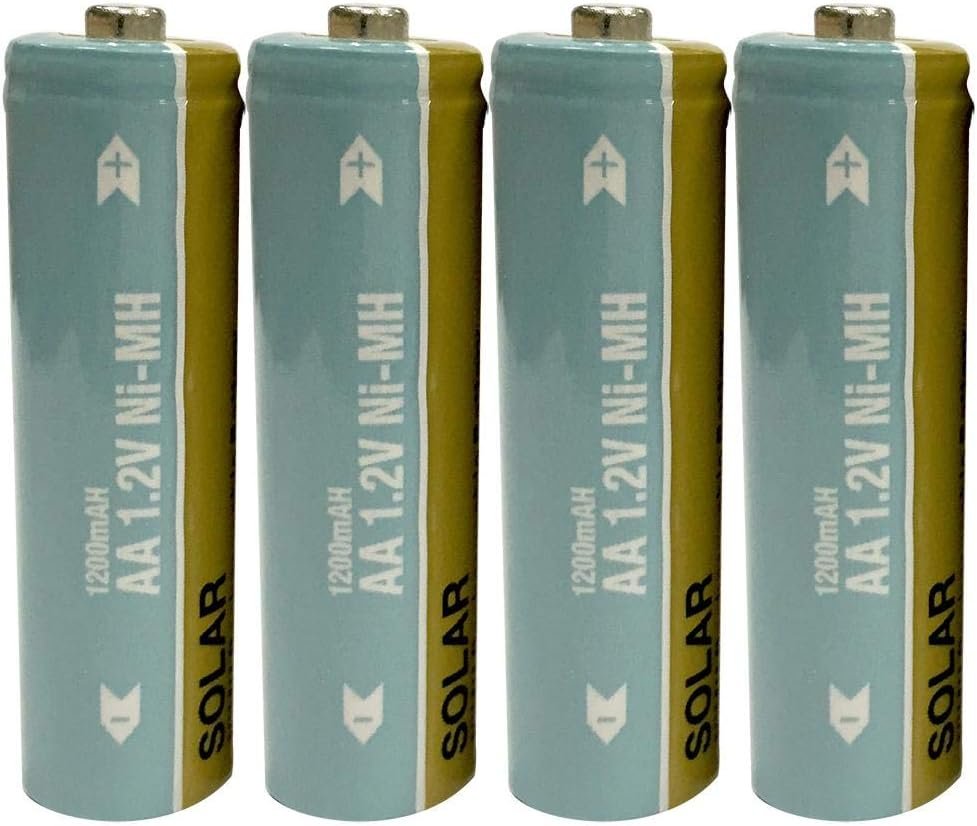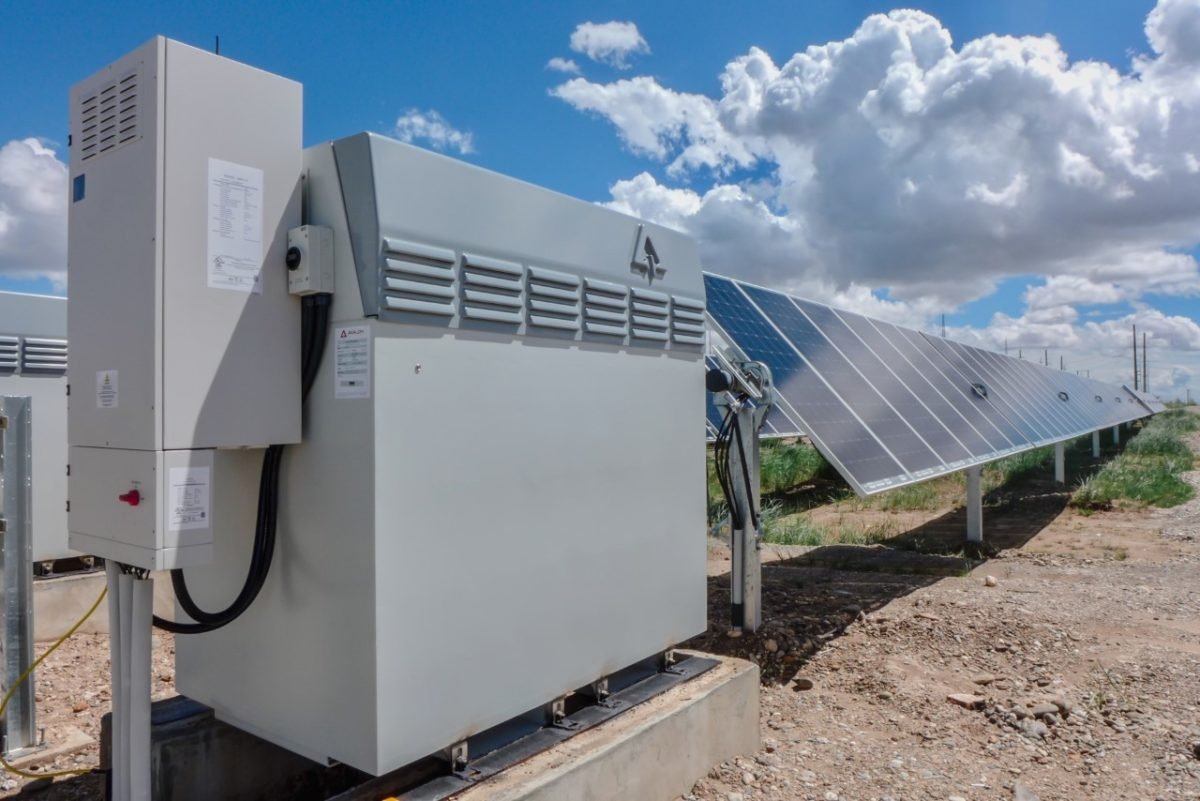Imagine how awesome it would be if out of the popular home batteries, you had one of the best home battery systems to power your entire home with the energy you generated yourself. Also, you are no longer restricted by grid limitations, unexpected power outages, and unstable surcharges. Think of having that future where you rely on none of these except the revolutionized home battery systems.
People often seek suggestions regarding lithium-ion batteries because though they are strong in terms of durability and battery life, it is still 2 times costlier than lead-acid batteries.
In the year 2023, home battery systems have extended beyond expectations from being called science fiction to now being owned by many house owners worldwide. According to the survey reports, the worldwide market for home batteries might achieve $22 billion by 2027. It is also expected to develop at a 30% Compound Annual Growth Rate (CAGR) from 2023 to 2027.
The market for Home Batteries in the USA is estimated to acquire $4.5 billion by 2027, increasing at a CAGR of 29% from 2023 to 2027.
Whereas, the European Home Batteries market is predicted to achieve $10.5 billion by 2027, developing at a CAGR of 30.2% from 2023 to 2027.
Buying the best battery means not just comparing the price per kWh or seeing the sustainability, but also including various other factors like Depth of discharge (DOD), Battery Power Output, and Round Trip Efficiency (RTE). Also, selecting the right residential battery system is an important decision that requires a careful review of its technical specifications, financial implications, and environmental impact.
Popular Types of Home Battery Systems:-
Here are some of the most popular home batteries with their technical specifications, financial implications, and environmental impact that will help you understand the nuances and choose the best one according to your requirements:
1. Lithium-ion (Li-ion)

Technical Specifications:
- Best suitable for restricted space.
- Efficient storage capacity.
- Fast charging/discharging according to high energy demands.
- Merges with renewable energy sources like solar panels.
- Durable investment.
- Long lifespan of 10-15 years.
- Minimizes regular replacements.
- Delivers deep discharges.
- Best utilization of stored energy before recharging.
Financial Implications:
- Most expensive.
- Requires considerable upfront investment.
- Energy cost reductions.
- Government incentives.
- Reduce the initial expenses.
- Low maintenance requirements.
- Minimum maintenance.
- Long-term efficiency.
Environmental Impact:
- Reduced reliance on fossil fuels.
- Minimizes dependence on traditional energy sources.
- Increased utilization of renewable energy.
- Stores excess energy generated from solar panels or wind turbines.
- Maximizes renewable energy use.
2. Lead-acid

Technical Specifications:
- Low energy density.
- Requires more space compared to Li-ion batteries.
- Limited discharge depth.
- Offers shallow discharges.
- Requires frequent recharging.
- Optimal energy usage.
- Short lifespan that lasts 5-7 years.
- Needs to be replaced frequently compared to Li-ion batteries.
- Robust and durable.
- Good resistance to high temperatures and bad environmental conditions.
Financial Implications:
- Low initial cost.
- Most affordable option, making them a budget-friendly choice.
- Higher maintenance costs.
- Requires watering and electrolyte maintenance.
- Long-term expenses.
Environmental Impact:
- Less support for renewable energy integration.
- Possibility for environmental harm.
- Improper disposal of lead-acid batteries can pose environmental dangers.
3. Nickel-metal hydride (NiMH)

The main purpose of NiMh or Nickel-metal hydride batteries comes into the role while using high-draining devices like digital cameras, toys as well as electric vehicles.
Technical Specifications:
- Maintains balance between area efficiency.
- Energy storage capacity is well balanced.
- Moderate energy density compared to Li-ion and lead-acid batteries.
- Long lifespan of 10-15 years.
- Durable compared to Li-ion batteries.
- Wide operating temperature ranges.
- Suitable for various climates.
- Good Adaptability based on the environment.
Financial Implications:
- Moderate initial cost.
- Prices range between those of Li-ion and lead-acid batteries.
- Compromises between affordability and performance.
- Requires moderate maintenance.
- Periodic maintenance, but less routine than lead-acid batteries.
Environmental Impact:
- Helps sustain by delivering alternatives to traditional energy sources.
- Decreased reliance on fuels.
- Limited environmental concerns.
- Minimal environmental risks compared to lead-acid batteries.
4. Flow batteries

Technical Specifications:
- Very Scalable.
- Adaptability.
- Meets energy requirements through modular design.
- Extremely long lifespan of 20-30 years.
- Excellent durability.
- No hazardous materials.
- Safer choice for homes with families or children.
Financial Implications:
- Extremely high initial cost.
- Flow batteries are the most expensive option.
- Requires a significant investment.
- Limited market availability compared to other battery types.
Environmental Impact:
- Promotes using renewable energy.
- Non-Toxi materials are used.
- Minimal impact on the environment through the battery life cycle.
- Environmental friendly.
By closely exploring your needs, priorities, and budget, you will be able to find the best home battery system that can align with your requirements. For that, you need to consider facts such as available space, energy usage, environmental concerns, and financial limitations.
Kindly remember that no solution can fit everybody’s desire. Similarly, one best battery type will not be good for each and everyone as it will depend on the circumstances. Understanding the technical specifications thoroughly, as well as the financial implications and environmental impact will let you choose the best residential battery system.
Lead-acid vs. Lithium-ion Batteries
Although both lead-acid and lithium-ion batteries are rechargeable batteries, they have several major differences.
|
FEATURES |
LEAD-ACID |
LITHIUM-ION |
| Battery Power Output | 100-500 W | 1000-5000 W |
| Round Trip Efficiency | 70-80% | 85-90% |
| Sustainability | Less sustainable | More sustainable |
| Depth of Discharge | 50% | 80% |
| Cycle Life | 500-1000 | 2000-5000 |
| Technology | Mature | Newer |
| Cost | Low initial cost | High initial cost |
| Lifespan | 3-6 years | 6-10 years |
| Energy Density | Low | High |
| Charge/Discharge Rates | Slow | Fast |
| Safety | Releases harmful gases | Very Stable and Safe |
| Maintenance | Requires High maintenance | Low Maintenance |
| Price per kWh | $100-$250 | $250-$450 |
| Applications | Cars, motorcycles, boats, off-grid solar systems | Laptops, smartphones, tablets, electric vehicles, solar energy storage systems |
| Depth of Discharge | Limited | Deeper |
As we can see from the above comparison, lead-acid batteries are much cheaper than lithium-ion batteries but lack the main factors to be considered like short lifespan and high maintenance required. Whereas Lithium-ion batteries are costlier, they are very durable, longstanding, and require very little maintenance. Also, they are very much efficient having high power output.
However, choosing the best battery will depend upon your requirements and budget. If you are a person who is looking for a cheaper battery that will be used rarely then a lead-acid battery might be good for you. Whereas, if you need a long-standing battery that can be used very frequently then a lithium-ion battery will be the best choice to consider over a lead-acid battery.
Battery Comparison Criteria:-
The world’s reliance on clean energy solutions has propelled batteries to the forefront of technological advancement. Navigating this dynamic landscape, however, necessitates a deep understanding of key comparison criteria that go beyond mere cost considerations. This requires a nuanced analysis encompassing performance, sustainability, and long-term viability.
Price per kWh
While the initial price tag of lead-acid batteries might appear attractive, their lower energy density masks a hidden cost. Meeting equivalent energy requirements necessitates a larger capacity, significantly increasing the overall cost over time. This becomes particularly evident in high-demand applications where frequent charging and discharging cycles further escalate the cost burden.
Conversely, despite their higher initial cost, lithium-ion batteries offer significant advantages. Advancements in material science and manufacturing processes are driving down costs at a rapid pace, making them increasingly competitive across diverse applications. This trend is expected to continue, further narrowing the cost gap between lead-acid and lithium-ion batteries.
Depth of discharge and cycle life
Depth of Discharge (DoD) represents the percentage of a battery’s total capacity that can be safely discharged before requiring recharge. Cycle life, on the other hand, indicates the number of full charge-discharge cycles a battery can withstand before experiencing significant capacity degradation.
Maintaining a balance between these two factors is crucial. A higher DOD leads to greater energy utilization from each charge, maximizing efficiency and growing range in applications like electric vehicles. However, this comes at the cost of a potentially shorter cycle life, leading to more frequent replacements. Conversely, a lower DOD extends the lifecycle but reduces the amount of usable energy per charge, impacting performance and range.
Lithium-ion batteries excel in this balancing act, boasting a deeper DOD (80%+) and significantly longer cycle life (2,000-5,000 cycles) compared to lead-acid batteries (50%, 500-1,000 cycles). This translates to greater energy utilization per charge, reduced replacement frequency, and overall lower lifetime costs.
Battery Power Output
For applications requiring rapid charging and discharging, such as electric vehicles and grid-scale storage, battery power output takes center stage. Measured in watts, it reflects the ability to deliver energy per unit time.
Lithium-ion batteries, once again, outperform their lead-acid counterparts in this aspect, delivering higher power output. This makes them ideal for applications where speed and efficiency are paramount. However, it’s crucial to remember that higher power output comes at a cost. It can accelerate capacity degradation and reduce cycle life, necessitating careful consideration during the selection process.
Round Trip Efficiency
Round Trip Efficiency (RTE) signifies the ratio of usable energy output to the input energy required for charging. It directly impacts both operating costs and environmental sustainability.
Lithium-ion batteries boast superior RTE (85-90%) compared to lead-acid batteries (70-80%). This translates to reduced energy losses during charging and discharging cycles, leading to lower operating costs and less energy waste overall. In today’s climate-conscious world, this superior efficiency makes lithium-ion batteries a more sustainable choice.
Sustainability – Environmental impact
The environmental impact of battery production, usage, and disposal cannot be ignored. This includes resource extraction, greenhouse gas emissions, and recyclability.
While lithium-ion batteries have a higher initial environmental impact due to energy-intensive production processes, their longer lifespan and superior recyclability (up to 90%) significantly reduce their overall environmental footprint. Despite their lower initial impact, lead-acid batteries have a shorter lifespan and lower recyclability (around 60%), resulting in a higher cumulative environmental burden.
A Glimpse into the Future: Sustainable Battery Technologies on the Horizon

- Continued cost reductions in lithium-ion batteries.
- Innovation in materials and manufacturing processes.
- Will drive down production costs.
- Making lithium-ion batteries even more available.
- Accessible across diverse applications.
Increased focus on sustainable battery technologies: The development of batteries with reduced environmental impact is a top priority. This includes exploring recycled materials, more efficient production processes, and alternative chemistries.
Expansion of battery recycling infrastructure: Investments in recycling facilities will increase the availability of recycled materials, further reducing the environmental impact of battery production.
Battery Recycling and Sustainability
Our obsession with clean energy sources steadily increases, as well as the demand for batteries. In terms of battery technology, it becomes necessary not only for constant innovation but also for a basic modification towards responsible management through a powerful and sustainable battery recycling ecosystem.
- Valuable Metals: Using valuable metals like lithium, cobalt, and nickel from spent batteries significantly reduces the need for pure resource extraction.
- Improper battery disposal: It is possible that improper disposal of batteries can expose land and water resources to hazardous materials, leading to serious environmental consequences. instead, recycling these batteries mitigates this risk, protecting ecosystems and safeguarding public health.
- Battery recycling: The most productive way is to follow the battery recycling process such that the industry fosters economic growth by creating jobs, stimulating innovation in the circular economy, and reducing reliance on imported raw materials. This ultimately leads to improved economic stability and resilience.
- Diverse range: The Lithium-ion battery’s diverse range allows the chemistries to be tailored and adds complexity to the process.
- Varied formats: There are many formats of lithium-ion batteries, from small electronics to large electric vehicle batteries. Also, further complicated collection, disassembly, and processing, particularly for smaller batteries where economies of scale are less impactful.
- New Technologies: Exploring different new technologies allows optimizing the existing methods. Also, it develops solutions for specific challenges like black mass recycling which are very crucial steps.
- Governments Regulatory: The regulation of government bodies plays a significant role in promoting battery recycling through legislation, incentives, and investments in research and development. These measures provide incentives to the stakeholders and accelerate the development and adoption of sustainable recycling technologies.
Unlocking Sustainability Benefits
Recycling batteries greatly reduces the carbon footprint associated with battery production. By retrieving and reusing valuable materials, the mining and processing of pure resources are minimized, leading to a cleaner and greener environment.
Battery recycling promotes a closed-loop system for resource consumption, enabling the long-term sustainability of battery technology. This minimizes waste generation, maximizes resource utilization, and promotes a more sustainable future.
By recovering valuable materials from spent batteries, recycling reduces dependence on imported raw materials and ensures a sustainable supply for future battery production. This enhances resource security and fosters economic resilience.
Conclusion
Battery recycling is not merely a vital component of a sustainable future for battery technology; it is the cornerstone of a cleaner and greener tomorrow. By addressing the current challenges, embracing technological advancements, and fostering collaboration between stakeholders, we can create a robust and efficient battery recycling system that delivers environmental, economic, and social benefits for generations to come. This collective effort is not just an option, it is a responsibility we all share in building a sustainable future.
Ray is an avid reader and writer with over 25 years of experience serving various domestic and multinational private and public energy companies in the USA.

